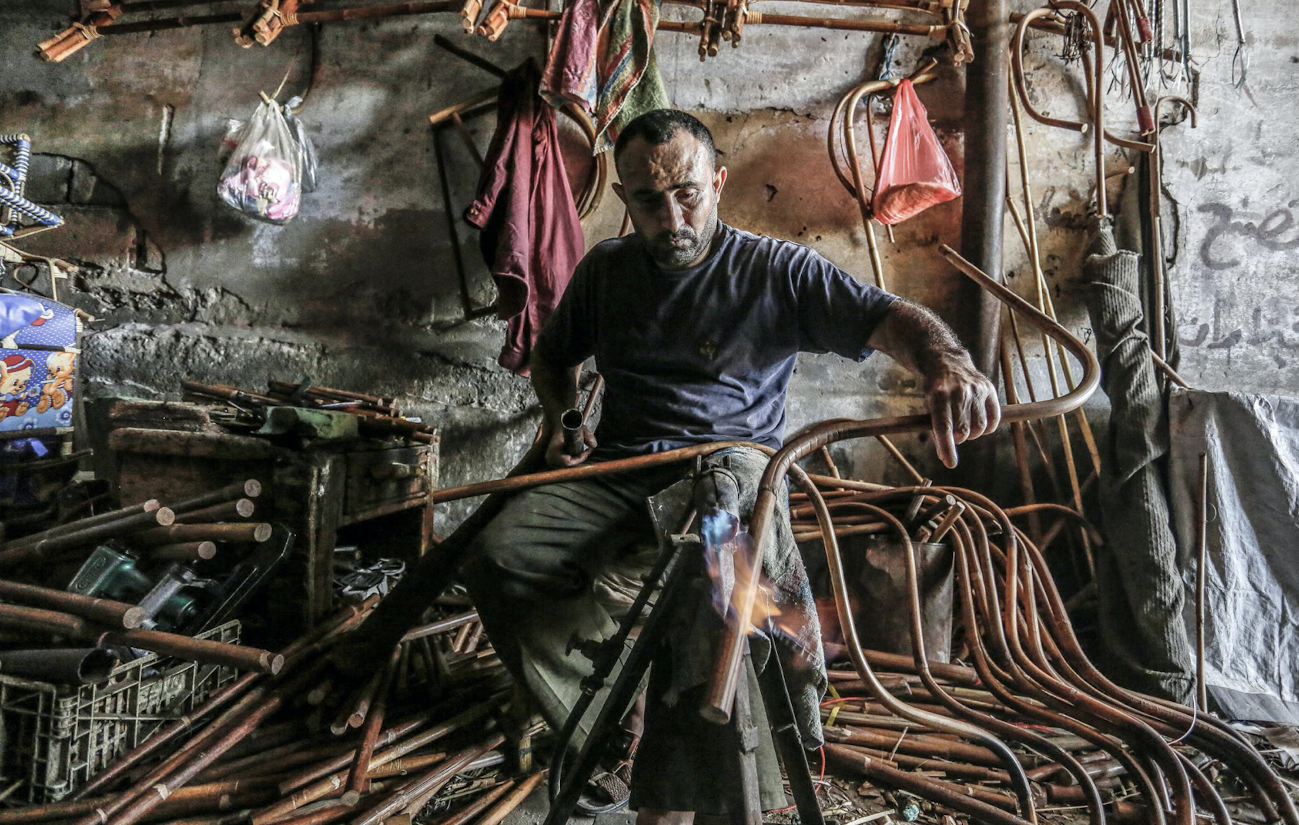The economic cost of the Israeli blockade of Gaza has reached $16.7 billion, according to the latest analysis by the United Nations.
The figure is six times Gaza’s entire gross domestic product (GDP) and greater than the combined GDP of both the West Bank and Gaza.
The figures come from a new report by the UN Conference on Trade and Development (UNCTAD) to the UN General Assembly, called Economic costs of the Israeli occupation for the Palestinian people: The Gaza Strip under closure and restrictions, released today.
Covering the period from 2007, when Hamas took control of Gaza, through to 2018, it says the local economy is near collapse, with one of the highest unemployment rates in the world and more than half of the 2 million-strong population living below the poverty line. It also points out that most people have no access to safe water, reliable electricity supply or a proper sewage system.
The report estimates that, without the prolonged closure of Gaza’s borders and the periods of military hostilities in 2009, 2012 and 2014, the poverty rate in the territory would be around 15%, rather than the 56% it actually is.
Between 2007 and 2018, the Gaza economy grew by less than 5%, while GDP per capita fell by 27% and unemployment increased by 49%. One of the few points of relief in recent years has been financial aid from Qatar, provided with the support of the Israeli authorities.
Recent normalisation deals signed by Israel with other nearby states including the UAE, Bahrain and Sudan have not addressed the situation in Gaza.
The UNCTAD report argues for an urgent end to Gaza’s isolation to allow free trade with the rest of the occupied Palestinian territory and the wider world. It also recommends unlocking Gaza’s economic potential by building ports and airports, water and electricity projects and exploiting offshore oil and gas resources.
Israel insists its approach to Gaza is justified, given the threat represented by Hamas, which has repeatedly sent rockets, mortar shells, explosive balloons, incendiary kites and attack drones into Israel. The Institute for National Security Studies (INSS), an Israeli think tank, has proposed other policy options that would meet Israel’s security concerns while relieving the pressure on Gaza.
The latest UN report does not try to quantify the economic impact of border closures by Gaza’s other neighbor, Egypt. The Rafah crossing from Gaza to Egypt was closed for 2,257 days between 2007 and 2018 and only open for 2,126 days.




